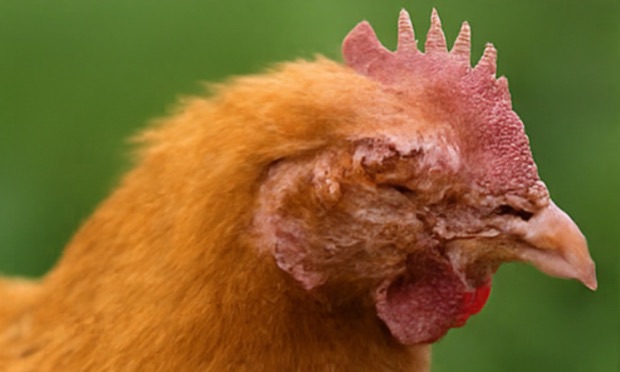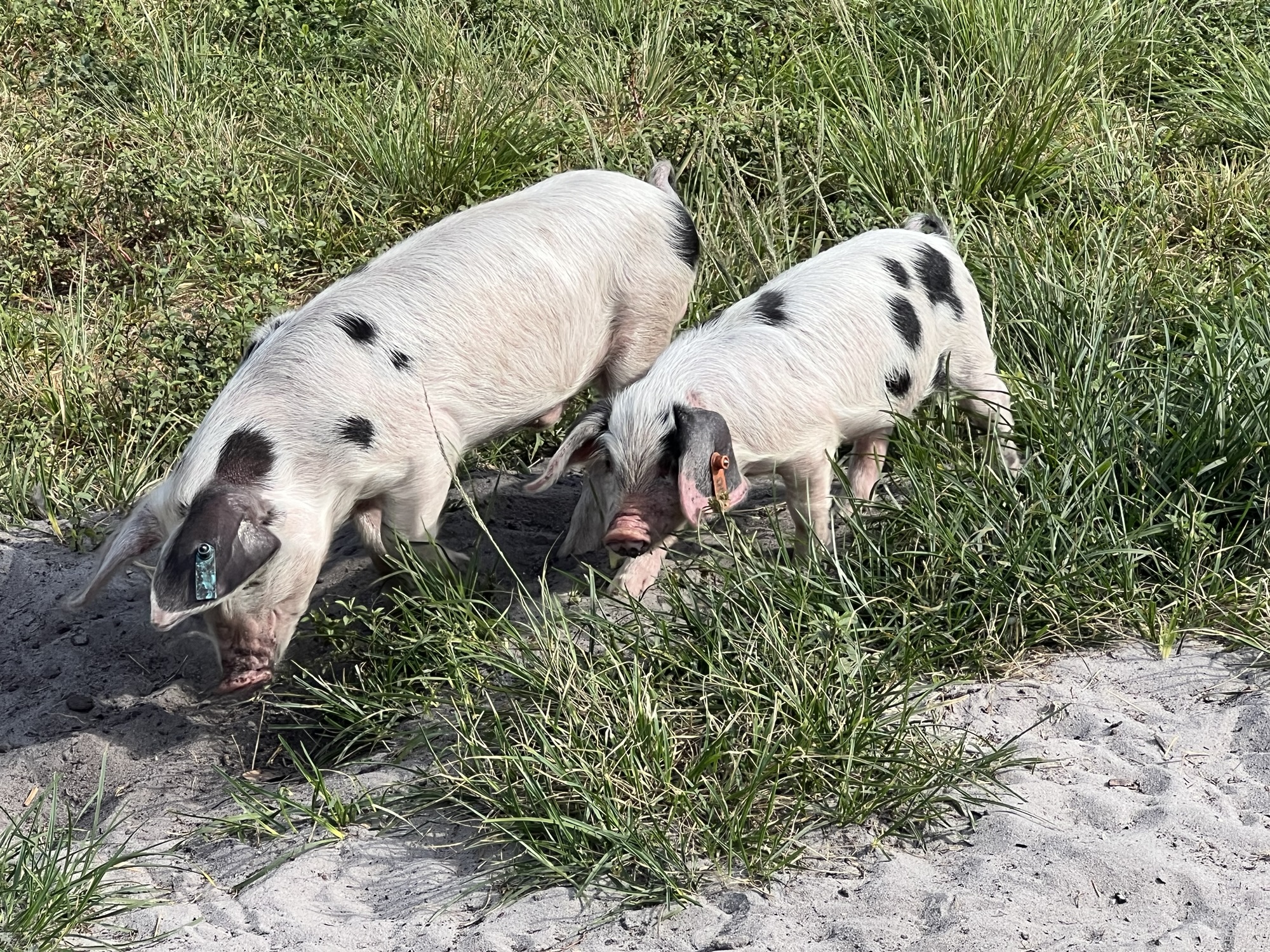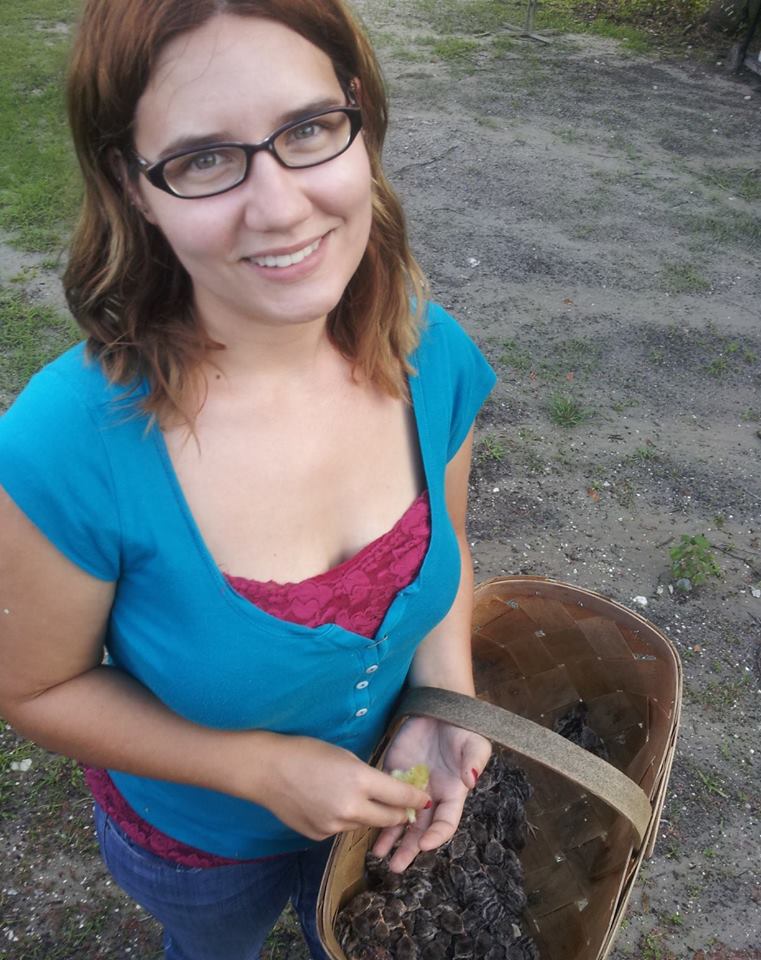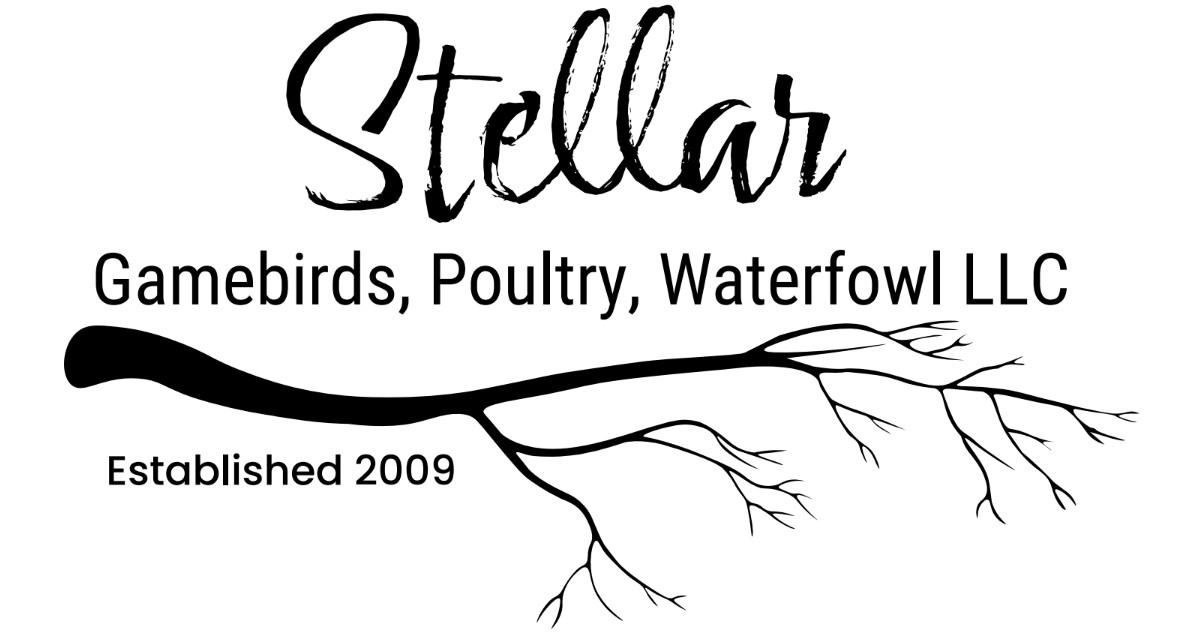What is Avian Influenza?
Avian Influenza (AI), commonly known as bird flu, is a highly contagious viral disease that affects domestic poultry, wild birds, and occasionally other animals. The disease is caused by Influenza Type A viruses, which are categorized into two forms based on their severity:
1. Low Pathogenic Avian Influenza (LPAI): Causes mild symptoms such as ruffled feathers and reduced egg production.
2. Highly Pathogenic Avian Influenza (HPAI): Can result in severe illness and high mortality rates in birds, spreading rapidly through flocks.
Avian influenza poses serious threats to poultry health, the livelihoods of farmers, and in some cases, human health.
What is Biosecurity?
Biosecurity is the practice of implementing measures to protect animals and people from infectious diseases, such as avian influenza. It involves minimizing the risk of introducing and spreading pathogens on a farm or within a flock.
Effective biosecurity is critical for:
- Protecting the health of your birds.
- Preventing economic losses.
- Maintaining food supply and safety.
How We Practice Biosecurity
Practicing biosecurity involves multiple layers of precaution:
1. Limit Access to Your Flock
- Restrict Visitors: Only allow essential personnel on your property. Use signs to warn against unauthorized entry.
- Use Footbaths: Disinfect footwear at all entry points to the bird area.
- Change Clothing: Wear clean, designated clothing when working with birds.
2. Prevent Contact with Wild Birds
- Keep poultry housed or in covered, secure enclosures to prevent interaction with wild birds, which are common carriers of Avian Influenza.
- Avoid attracting wild birds by cleaning up feed spills and storing feed securely.
3. Sanitize Equipment and Supplies
- Regularly clean and disinfect tools, feeders, waterers, and housing.
- Use dedicated equipment for each flock, and avoid sharing tools with other farms.
4. Monitor Bird Health
- Watch for signs of illness such as coughing, sneezing, lethargy, or sudden deaths.
- Quarantine new or sick birds immediately.
5. Control Pests and Rodents
- Maintain a pest management program to reduce vectors that can carry and spread disease.
6. Manage Feed and Water
- Provide clean, uncontaminated water.
- Use high-quality feed stored in sealed containers to prevent contamination by droppings or pests.
Gate Meet Ups
We do all our pick ups at the gate. Meeting visitors at the gate is a critical part of good biosecurity practices. By limiting access to your property and flock areas, you’re creating a natural barrier against potential disease exposure. Visitors, delivery drivers, or even friends can unknowingly carry pathogens on their shoes, clothing, or vehicles, which could spread to your birds.
Here’s why gate meetups are so effective for us:
- Control Access: You decide who comes in and ensure no unnecessary exposure to your birds.
- Minimize Contamination: By keeping visitors away from animal areas, you reduce the chances of introducing diseases like avian influenza.
- Simplify Sanitation: You can set up a footbath or provide disposable boot covers if access is necessary beyond the gate.
- Reduce Stress for Birds: Limiting strangers and movement near your flock keeps your birds calmer, which can enhance their overall health.
While it may seem inconvenient, meeting at the gate is a small but essential step in protecting your birds and your livelihood!
Why We Practice Biosecurity
1. Disease Prevention
Biosecurity stops the spread of avian influenza and other diseases, ensuring the health of your flock. AI outbreaks can devastate farms, resulting in large-scale culling and economic losses.
2. Protect Public Health
Some strains of avian influenza, such as H5N1, can infect humans, posing a significant public health risk. Proper biosecurity minimizes these risks.
3. Maintain Food Security
Preventing AI helps safeguard the poultry industry, which is vital for providing affordable protein sources to the global population.
4. Comply with Regulations
Strict biosecurity practices ensure compliance with local, state, and national poultry health standards, avoiding fines or restrictions.
5. Protect Biodiversity
Wild birds and other species are part of ecosystems that can be disrupted by disease outbreaks. Biosecurity helps minimize this impact.
Conclusion
Avian influenza is a serious threat to birds, the economy, and public health. Biosecurity is the first and most effective line of defense against it. By limiting access to your flock, maintaining sanitation, monitoring health, and managing wildlife exposure, you can significantly reduce the risk of disease introduction and spread.
Biosecurity is not just a practice; it’s a responsibility that ensures the health of your birds, your livelihood, and the safety of the community. As farmers, hobbyists, or bird enthusiasts, we owe it to our flocks to practice vigilant and consistent biosecurity measures.










